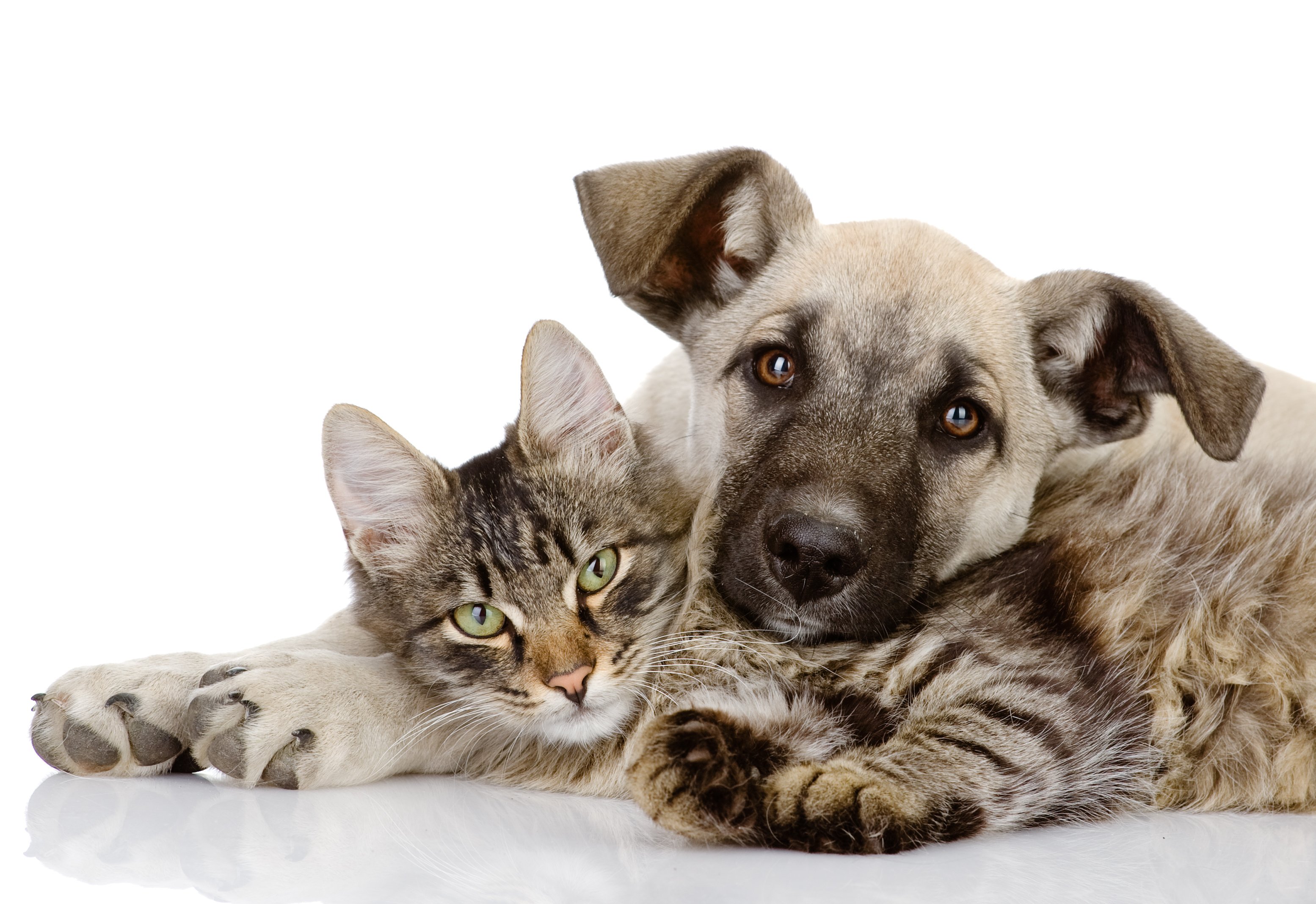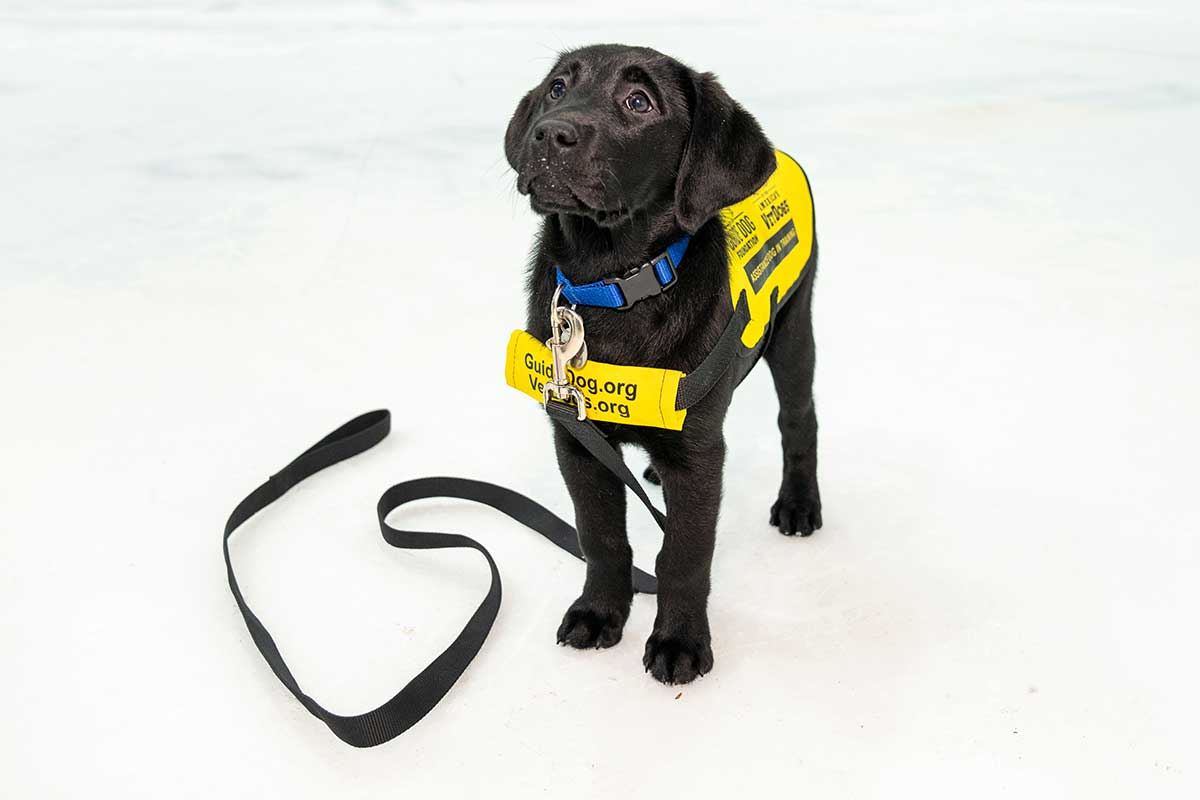![[Ermolaev Alexandr]/Adobe Stock](https://northernvirginiamag.com/wp-content/uploads/2016/03/AdobeStock_54251941-550x377.jpeg)
If you have a dog or cat, interpreting their language can be a challenging prospect. And while you may not be Dr. Dolittle, you can always try to improve communication with your pet. Below, animal behaviorist Yody Blass reveals common mistakes owners often make and what they can do to improve the quality of communication between their pets.
What are common mistakes owners make that can create behavior problems?
Some common mistakes are encouraging bad behavior when they are young, things like jumping up, playing rough, giving them too much freedom to soon in the house—not creating structure and boundaries early on. If people are getting a rescue, they may overdo either the positive or the negative, meaning that in hopes of getting the dog to mesh with their household, they give it too much freedom, too much leeway right off the bat.
What are regular oversights do owners make when trying to correct behaviors?
I think a lot of people think corrections mean punishment. My preferred word would be redirecting. When they are doing something inappropriate and you want them to do something different, it is important to really follow up with redirecting the behavior and redirecting the dog and cat to do something different.
How can owners better interpret pet gestures?
You have to make sure the interpretation is accurate. I think it is helpful to have somebody objective come in and take a look at what is going on and observe the animal in their environment because those gestures can be missed. So a dog that is running up to the door, even if it is a friendly greeting, wagging their tail—we can’t just look at the ears or the tail. We have to look at the entire body and the body language.
What simple body posture practices should owners use to communicate with a dog or cat?
With dogs, I think sometime it is important to stand up tall with your shoulders back; they are looking at your body posture, too. If you are trying to redirect your dog or trying to instruct your dog to do something and he is not listening to you, you should ask yourself, “What is my body language telling them?” If it is a cat or an animal that is fearful, you are going to want to do the opposite and crouch down and come to their level; you want to make yourself smaller. I think there are other things that are important, like hand signals. When you are training, redirecting or when you want your dog to go to a certain location or come to you, there are not only just the words but also the hand signals.
Does choosing a specific breed that fits the owner’s personality improve communication?
I do feel that there are certain people who are going to do their homework and select the right type for them by going through a questionnaire of personality and likes, dislikes and activity level. All of those things can be very helpful when trying to match a personality with a particular animal, breed or size.





